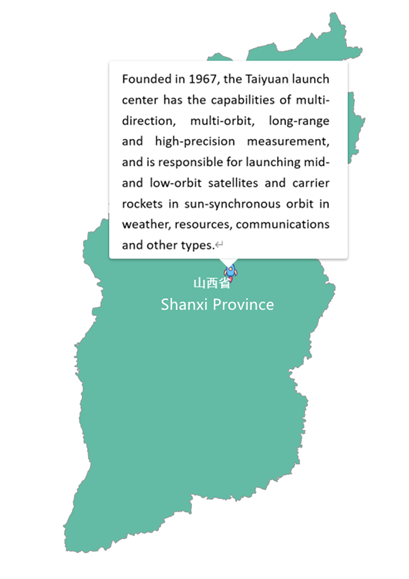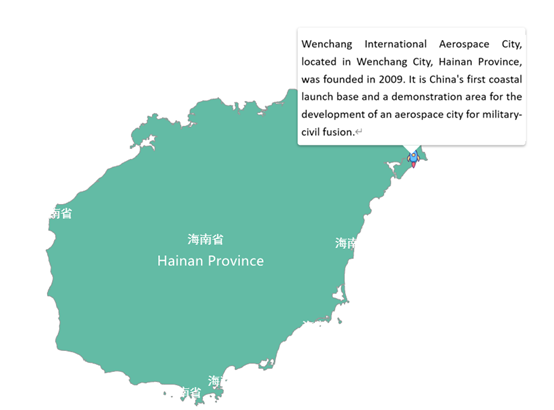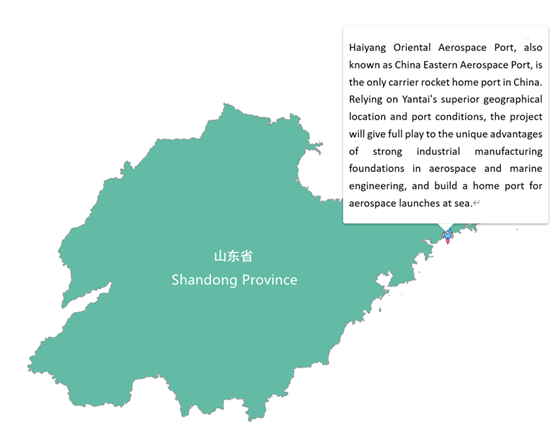There are currently five satellite launch sites in China: Jiuquan Satellite Launch Center, Xichang Satellite Launch Center, Taiyuan Satellite Launch Center, Wenchang Space Launch Site, and Eastern Aerospace Port.
Jiuquan Satellite Launch Center——the only manned spaceflight launch site in China
Jiuquan Satellite Launch Center, also known as "Dongfeng Aerospace City", is the birthplace of China's aerospace industry. On April 24, 1970, Dong Fang Hong 1, China's first artificial earth satellite, was successfully launched at the Jiuquan Satellite Launch Center. Since then, the Chinese people have embarked on a great journey to the stars and the sea. China's first surface-to-surface missile and the first missile nuclear weapon test were all successfully launched here.
On November 20, 1999, the Shenzhou 1 test spacecraft was launched from here, opening the curtain of China's manned spaceflight program. On October 15, 2003, Shenzhou 5, China's first manned spacecraft, was launched on a Long March 2F carrier rocket, sending China's first astronaut Yang Liwei into space.

Xichang Satellite Launch Center—the launch site with the most satellite launches in China
Xichang Satellite Launch Center, founded in 1970, has launched 28 domestic and foreign satellites since it launched China's first communication satellite in January 1984. It is one of the launch sites with the most complex climate conditions among the top ten launch sites in the world. It is mainly used for launching missions of broadcasting, communication and meteorological satellites into geosynchronous orbit.
It successfully launched China's first geosynchronous orbit satellite, the first communication and broadcasting satellite——Dong Fang Hong 2, and the commercial satellite contracted by China——Asia 1.

Taiyuan Satellite Launch Center——used for meteorological, resource and other types of satellite launches
In 1976, the Taiyuan Satellite Launch Center, located in the plateau area of Xinzhou City, Shanxi Province, started construction. It is one of the test bases for China's test satellites, application satellites and carrier rockets.
The center has successfully launched Fengyun 1, China's first meteorological satellite placed in polar, sun-synchronous orbit, the China–Brazil Earth Resources Satellite 1, the first marine resources survey satellite, etc., marking nine “first” in the history of Chinese satellite launches.

Wenchang Space Launch Site——China's first coastal launch site
The Wenchang Space Launch Site, located in Longlou Town, Wenchang City, Hainan Province, belongs to the Xichang Satellite Launch Center. It is one of the few low-latitude launch sites in the world.
The Wenchang Space Launch Site started construction in September 2009 and is mainly responsible for the launch of geosynchronous orbit satellites, large-mass polar-orbit satellites, large-tonnage space stations, cargo spacecrafts, and deep space probes. At 11 o'clock on April 29, 2021, the Long March-5B rocket carried the Tianhe core module launched from the Wenchang Space Launch Site.

The Eastern Aerospace Port——China's first sea launch home port
On July 30, 2019, China planned to launch the "China Eastern Aerospace Port" project within that year, and planned to build China's first sea launch home port in Yantai, Shandong. The Eastern Aerospace Port is characterized by "wide area and maneuverability". The sea launch mode can effectively reduce the risk of rocket wreckage to ground personnel and property by distributing the navigation area and landing area in uninhabited sea areas, and improve safety.

In China's aerospace industry, geographic information technology also plays an important role in the simulation of the launch process, search and rescue in the landing area, image data processing, and the management of aerospace image results data. The vigorous development of GIS industry is making contribution to the aerospace industry.